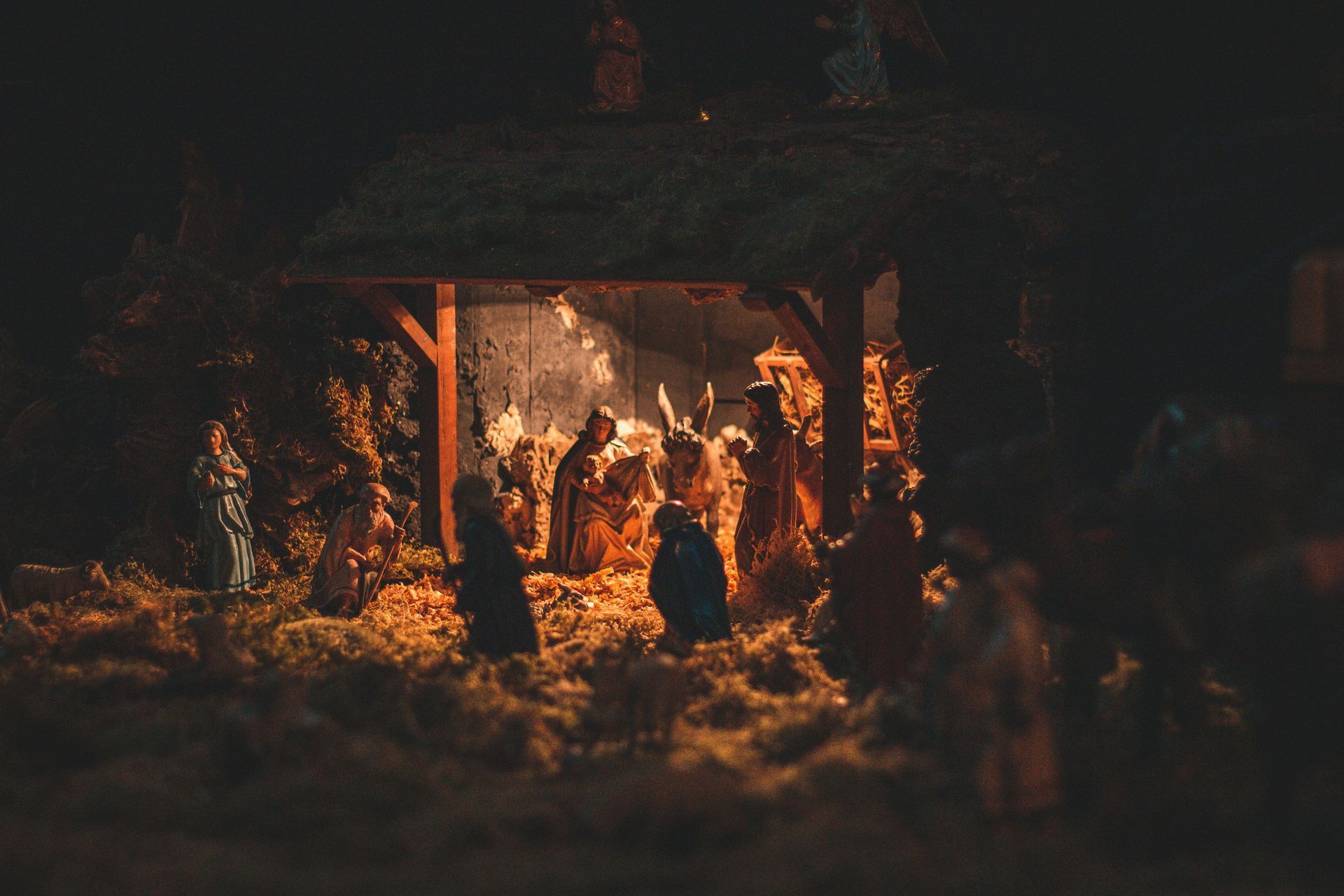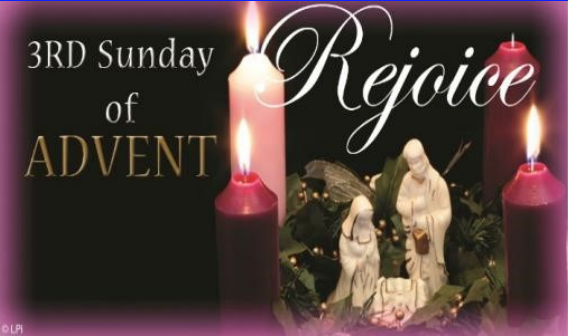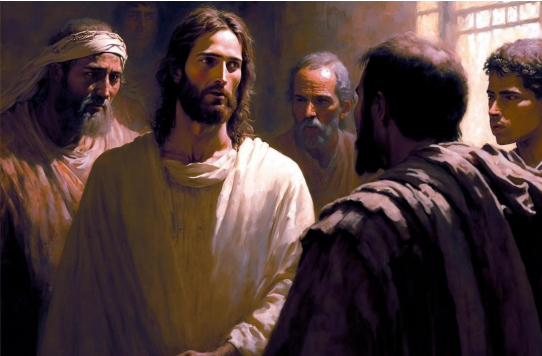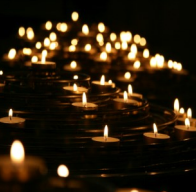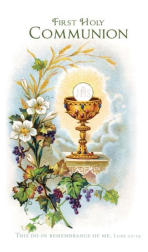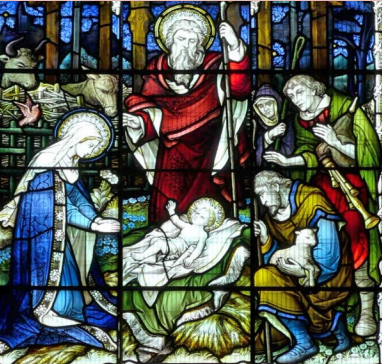God's love for you -11th August
Eucharistic Miracle of Avignon, France, 1433
In the church of the Holy Cross, run by the Gray Penitents of the Franciscan order was exhibiting a consecrated Host for perpetual adoration. After several days of heavy rain, the Sorgue and Rhône rivers rose steadily and reached a dangerous height. Finally, on 30 November 1433, Avignon was submerged. The friars were certain that their little church, which stood along the Sorgue, had been destroyed by the raging waters. Fearing that the Blessed Sacrament, which was on display for perpetual adoration, had been swept away, the head of the Order and another friar rowed by boat to the Church. Getting there was difficult, but when they finally arrived and entered the church they found a miracle. Although water around the church was four feet high, they saw that the waters were divided to the right and to left, with a perfectly dry pathway leading from the entrance to the altar. The Sacred Host was unscathed. The pathway from the entrance to the altar called to mind the parting of the Red Sea in Moses’ time, for all along the sides of the Church, water steadily rose, but the pathway remained completely dry. Amazed by what they were seeing, the friars had others from their Order came to the Church to verify the miracle. The news spread rapidly, and many people and authorities came to the Church, singing songs of praise and of thanks to the Lord. Several hundred people witnessed this miracle. Later on, the Gray Penitents determined that the anniversary of the miracle would be celebrated every year in the church on the feast day of St Andrew the Apostle. Even today, every 30th November, the brothers reunite at the Chapelle des Pénitents Gris to celebrate the memory of the miracle. Before the blessing of the Holy Sacrament, the brothers perform a sacred chant taken from the Canticle of Moses, which was composed after the parting of the Red Sea :
“I will sing to the LORD, for he is gloriously triumphant… At a breath of your anger the waters piled up, the flowing waters stood like a mound, the flood waters congealed in the midst of the sea… In your mercy you led the people you redeemed; in your strength you guided them to your holy dwelling.” (Exodus 15, 1-18).
(Reference: The Eucharistic Miracles of the World, by Blessed Carlo Acutis)
